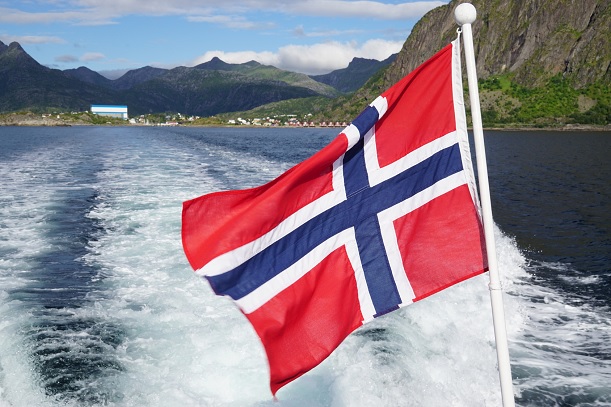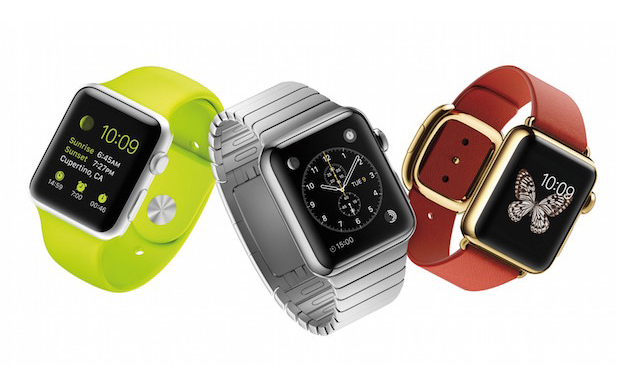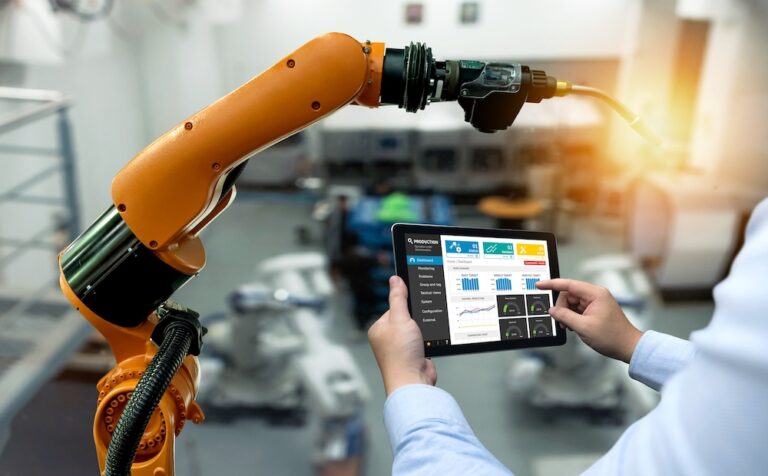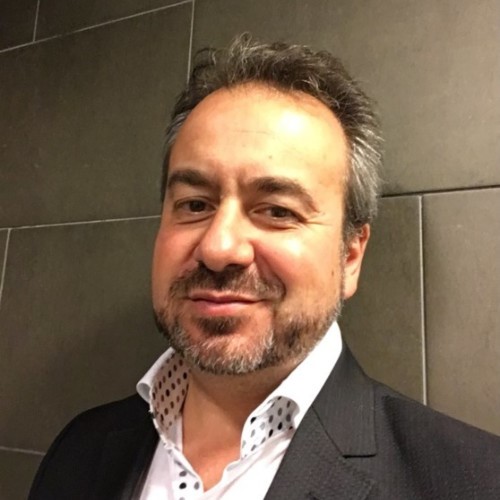Honourable mention for AT&T, Verizon and Orange
Mobile operators must focus on their largest source of carbon emissions, the energy consumption of their networks, Kim Johnson, Principal Analyst at ABI Research has warned. Johnson was speaking as ABI Research released the results of its Sustainability Index: Telco Operators report which, it claims, provides an unbiased examination and ranking of ten leading telecommunications operators for sustainability.
“These telco operators are at the intersection of comms and information technology, putting them in a unique position to offer connectivity and technological solutions that are not only lowering their own carbon emissions but also the emissions of their customers,” said Johnson.
The in-depth study assesses, compares and ranks the operators across 30 different action items for their sustainability efforts in six categories: renewable energy, network upgrades, energy efficiency, waste disposal and circular economy, green buildings and vehicles and reporting and governance. Ranking criteria are split between present-day implementation, including the global roll-out of renewable energy and technologies such as 5G and fibre, and ‘forward-looking impact potential’. This latter category evaluates the invention and quality of platforms and programmes thethe operators are using to reach climate targets.
The companies evaluated and ranked fell into three categories. The market leaders, were found to be Deutsche Telekom, Telefónica, Vodafone, KPN. In the mainstream came AT&T, Verizon and Orange. In the rear were the followers, including SK Telecom, NTT DoCoMo, Singtel
Each of the leaders in the index was judged have transitioned to using more than 50 per cent renewable energy for global purchased electricity. Two have reached 100 per cent. The use of renewable energy has reduced the leaders’ total carbon emissions by 8.4 million metric tons of carbon dioxide (CO2e), the equivalent to removing the CO2 emissions of 1.8 million passenger vehicles for one year or 19.4 million barrels of oil consumed.
The most sustainable companies had a sustainability smorgasboard comprising 5G, AI, and automation, an in-depth waste recycling programme, employees motivated by compensation tied to climate targets, active engagement with suppliers and customers involved in the company’s own operations.












